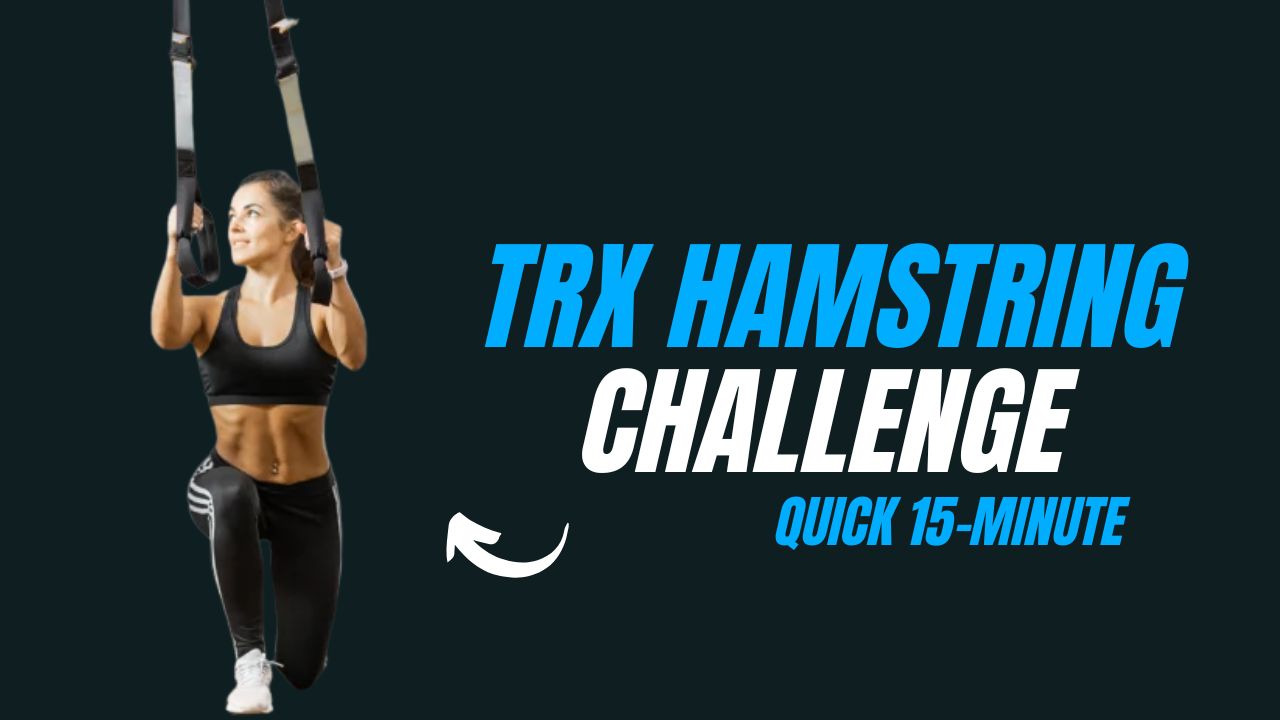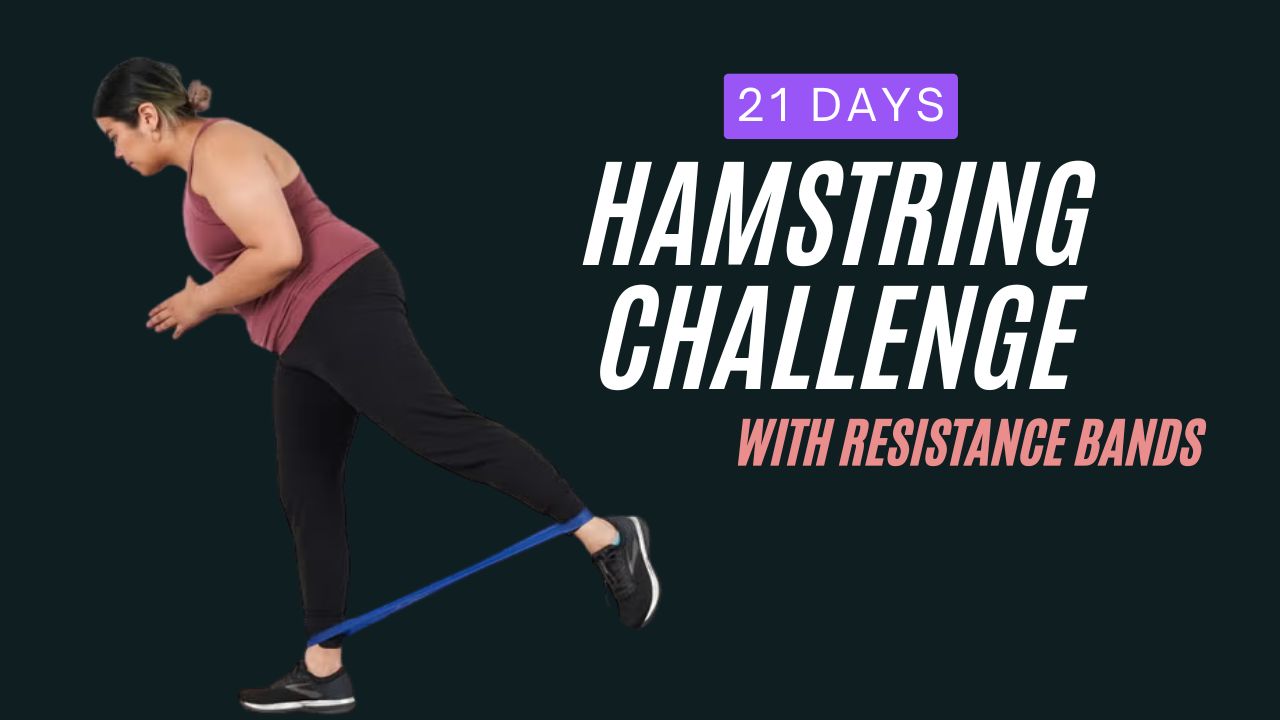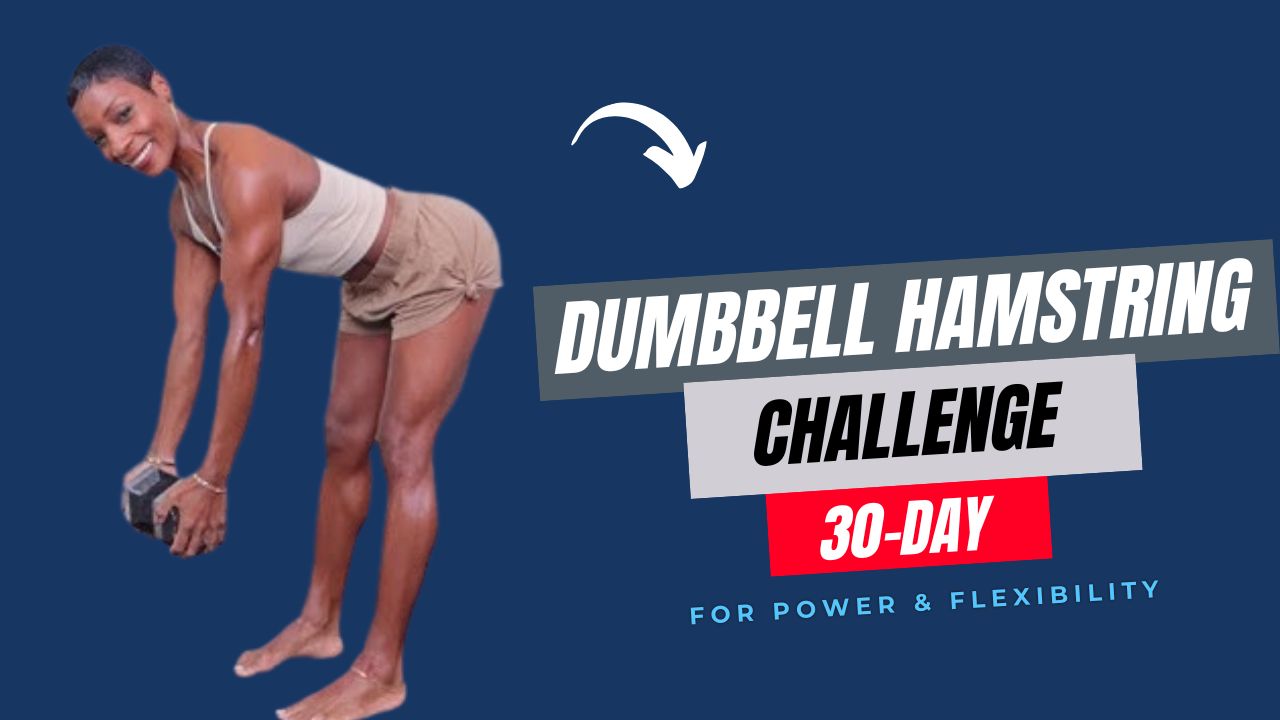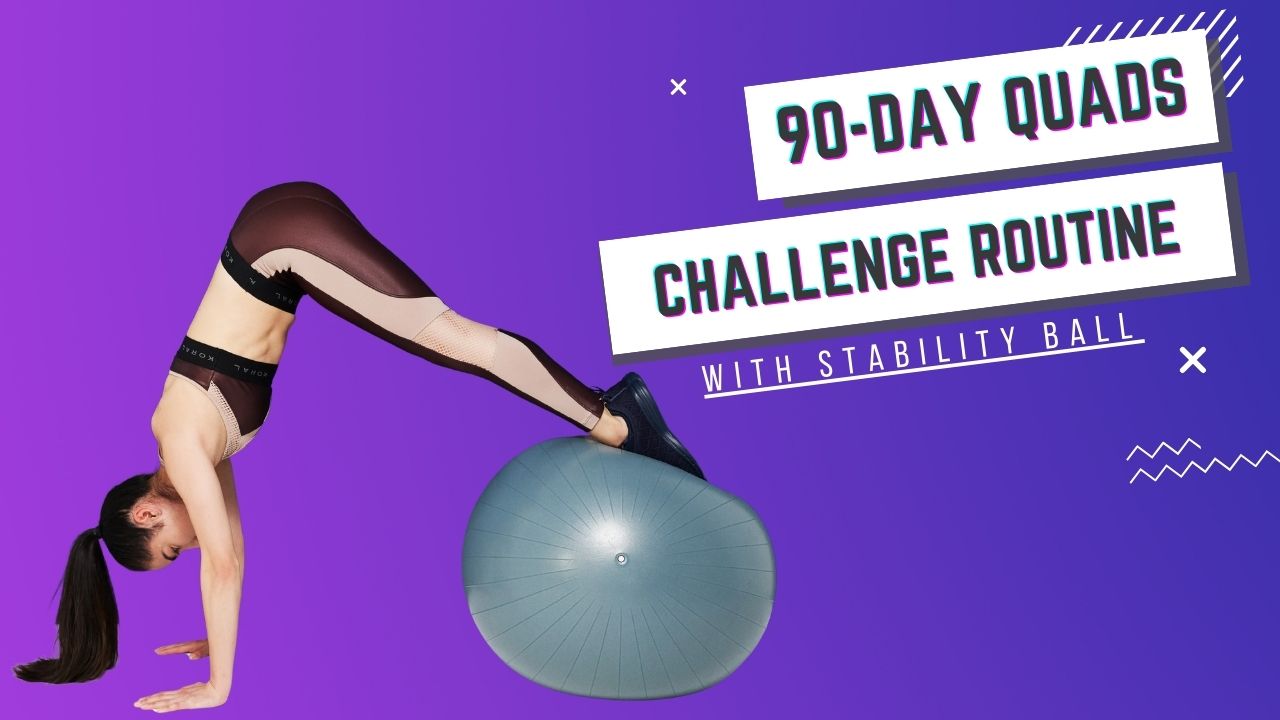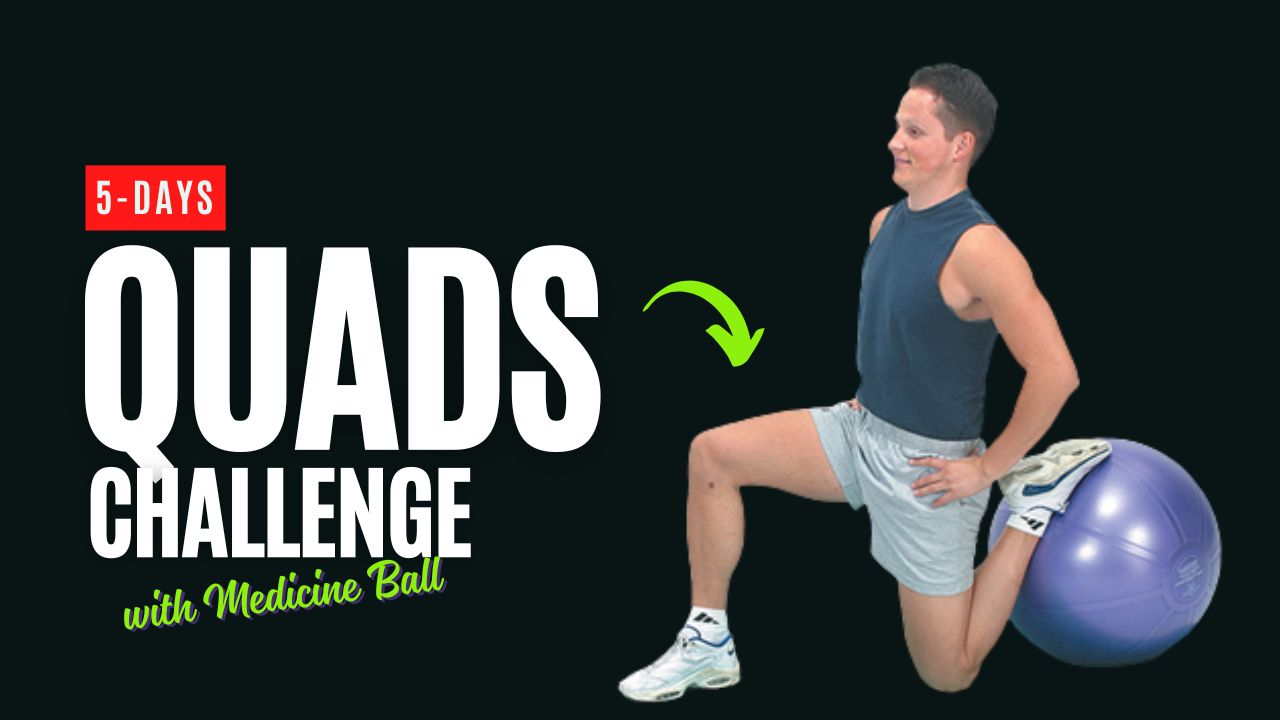Are you still stuck in the dumbbell rut for your arm workouts? Discover how a simple medicine ball can sculpt stronger, more defined biceps and triceps with movements that challenge your muscles in new ways!
Medicine balls aren’t just for explosive slams or core work. They’re an underrated tool for building upper-arm strength through unique angles and added instability, which recruits more muscle fibers and helps you break plateaus.
Whether you’re looking to boost arm definition or spice up your routine, these 8 medicine ball exercises will deliver, with simple instructions to get you started.
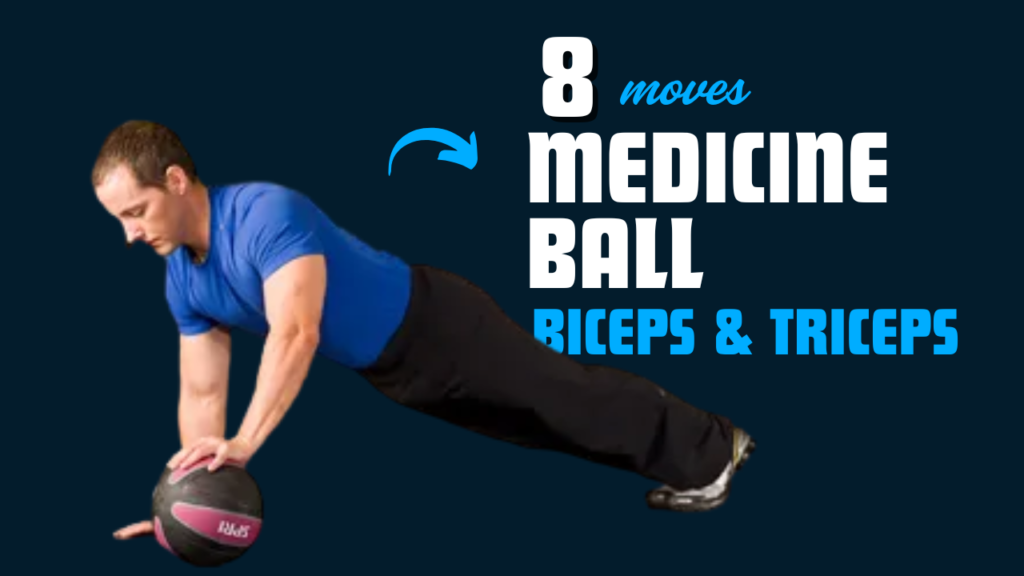
Table of Contents
What Can Happen After 30 Days of These Medicine Ball Arm Exercises
| Positive Changes You May See | Things to Watch Out For |
|---|---|
| Increased biceps and triceps definition. | Possible elbow or wrist soreness if form is poor. |
| Improved arm strength and muscle endurance. | Risk of plateau if you don’t gradually increase intensity. |
| Better grip and forearm strength from holding the ball. | Fatigue or overuse if you skip rest days. |
| Enhanced coordination and shoulder stability. | Imbalanced development if you neglect other muscle groups. |
| Greater confidence in performing compound lifts. | Potential boredom if you don’t add variety over time. |
Do & Don’t: Medicine Ball Biceps & Triceps Moves
| Do | Don’t |
|---|---|
| Use a weight you can control with good form. | Swing or jerk the medicine ball. |
| Keep your core engaged to protect your spine. | Arch your lower back during overhead moves. |
| Move slowly and focus on squeezing muscles. | Rush through reps just to finish faster. |
| Maintain a neutral wrist position. | Bend your wrists excessively during curls. |
| Warm up your arms and shoulders before starting. | Skip warm-up — it increases injury risk. |
| Breathe steadily throughout each exercise. | Hold your breath during difficult movements. |
| Rest 30–60 seconds between sets. | Rest too long, losing workout intensity. |
8 Medicine Ball Biceps & Triceps Moves
1. Medicine Ball Biceps Curl
How to do it:
- Stand tall, feet shoulder-width apart.
- Hold a medicine ball with both hands, arms fully extended down.
- Keeping elbows tight to your ribs, curl the ball toward your chest.
- Squeeze your biceps at the top, then lower slowly.
Tip: Engage your core to avoid swinging.
Did you know?
Because you grip the ball with both hands, your forearms get a bonus burn!
2. Overhead Triceps Extension
How to do it:
- Stand or kneel with your spine straight.
- Grip the medicine ball with both hands overhead, arms fully extended.
- Bend your elbows to lower the ball behind your head.
- Press back up until arms are straight.
Myth Buster:
Many believe triceps extensions only work one head of the muscle, but overhead variations target all three — long, medial, and lateral heads.
3. Seated Medicine Ball Curl
How to do it:
- Sit on a bench or stability ball for extra core engagement.
- Hold the medicine ball with arms down and palms facing up.
- Curl the ball up while keeping your back straight and elbows pinned to your sides.
- Lower slowly.
Why it works: Sitting removes momentum, forcing your biceps to do the work.
4. Lying Skull Crusher
How to do it:
- Lie on a mat with knees bent.
- Hold the medicine ball above your chest with arms extended.
- Bend elbows to bring the ball toward your forehead.
- Extend your arms back to the start.
Safety Note: Move slowly and keep your upper arms steady to protect your elbows.
5. Hammer Curl Hold
How to do it:
- Stand with feet hip-width apart.
- Grip the sides of the medicine ball at chest level.
- Curl it halfway up and hold for 15–30 seconds.
Why it’s unique: Isometric holds like this create time under tension, maximizing muscle fiber recruitment.
6. Triceps Push-Up on Medicine Ball
How to do it:
- Place the medicine ball on the floor.
- Get into a push-up position with both hands on the ball.
- Lower your chest toward the ball, elbows tucked.
- Push back up.
Interesting Fact:
This move engages your triceps and challenges shoulder stability like few other exercises.
7. Medicine Ball Reverse Curl
How to do it:
- Stand with the medicine ball held palms-down.
- Curl the ball up by flexing your elbows while keeping your wrists straight.
- Lower under control.
Benefit: Builds the often-neglected brachialis and forearms for a thicker arm appearance.
8. Close-Grip Medicine Ball Press
How to do it:
- Lie on a mat with knees bent, holding the medicine ball over your chest.
- Lower it to your chest, keeping your elbows close to your body.
- Press the ball back up powerfully.
Why it’s effective: This mimics a close-grip bench press but with added instability, hitting the triceps harder.
Final Thoughts
Adding these 8 medicine ball moves to your routine can unlock new arm gains while enhancing grip strength, shoulder stability, and overall upper-body coordination.
From curls to presses, these exercises challenge your muscles in fresh ways and can breathe life into stale workouts.
Remember, form always beats speed — move with control, focus on the squeeze, and keep rest periods short to maximize the pump.
Pro Tip: Try combining 2–3 of these moves in a circuit for a killer finisher!
Frequently Asked Questions (FAQs)
Are medicine ball arm exercises effective for building muscle?
Yes! Medicine ball exercises can effectively build biceps and triceps by adding unique resistance and instability, which recruit more muscle fibers than traditional weights alone.
What weight medicine ball should I use for biceps and triceps moves?
Start with a ball between 4–8 pounds (2–4 kg) if you’re a beginner. If you’re more experienced, a 10–15 pound (4–7 kg) ball can provide a greater challenge. Always prioritize good form over heavier weight.
Can I replace dumbbells entirely with medicine ball exercises?
Medicine balls add excellent variety, but they shouldn’t completely replace dumbbells or other equipment. Instead, use them to complement your routine and target muscles from different angles.
How often should I do these medicine ball arm workouts?
Aim to train biceps and triceps 1–2 times per week with at least 48 hours of rest in between sessions to allow proper recovery and muscle growth.
Will these exercises also work my shoulders or core?
Absolutely! Many medicine ball moves, like triceps push-ups or overhead extensions, engage your shoulders and core for stability, giving you a more complete upper-body workout.
Are medicine ball exercises safe for beginners?
Yes, as long as you start with a light weight and focus on controlled movements. If you have any preexisting injuries, consult a fitness professional or healthcare provider before starting.
Can I do these exercises at home?
Definitely! One of the best things about medicine ball workouts is they require minimal space and can be done virtually anywhere — perfect for home training.





